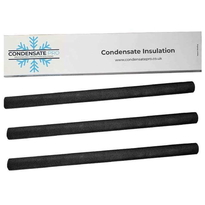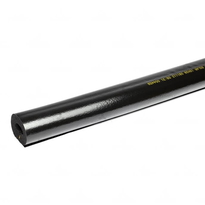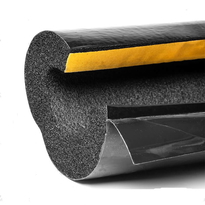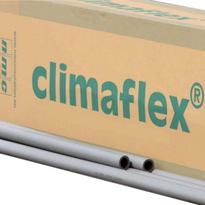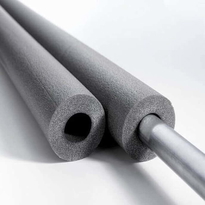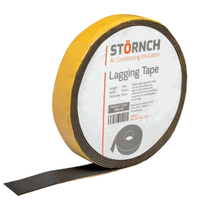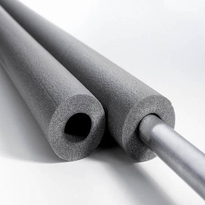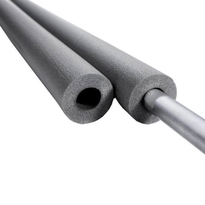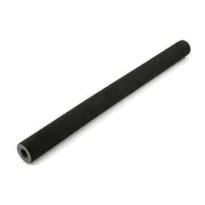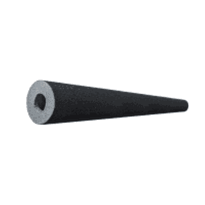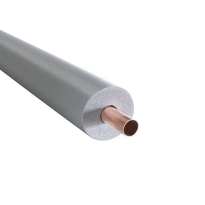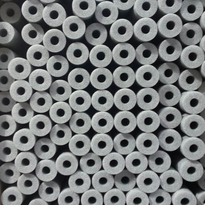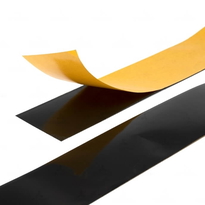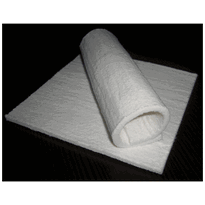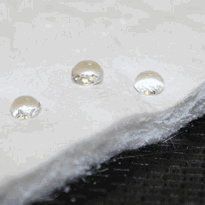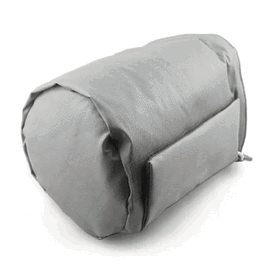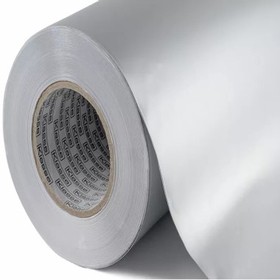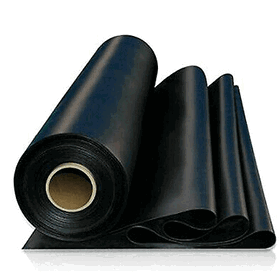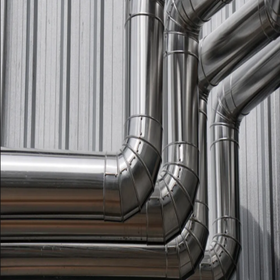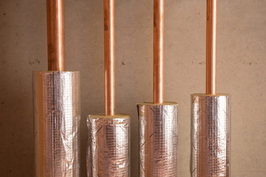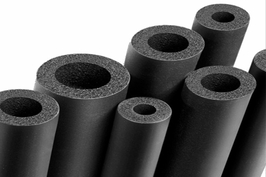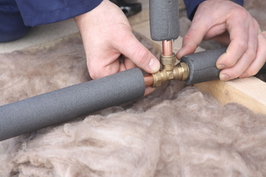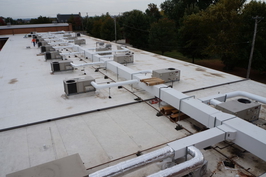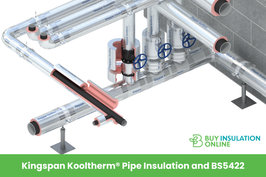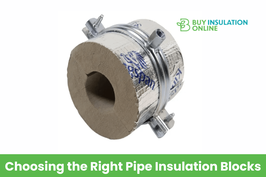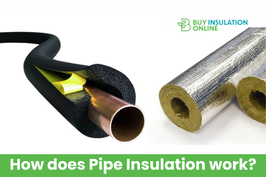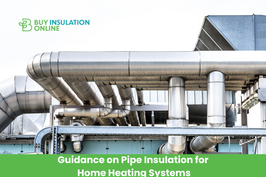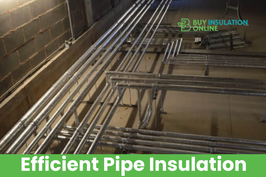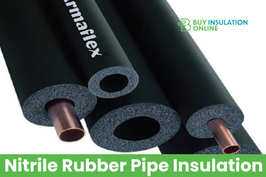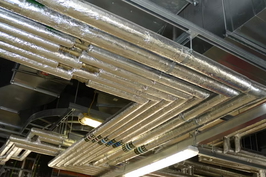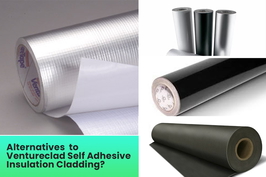External Pipe Insulation
Similar Categories
Optimise Savings: 5 Proven Strategies for External Pipe Insulation Efficiency!
In the search for a home that uses less energy, wrapping the pipes outside can be a helpful way to save energy without making much noise. Across the United Kingdom, homeowners and businesses alike are discovering the undeniable benefits of properly insulated pipes. Not only does this simple measure guard against the whims of the British weather, but it also serves as a bulwark against unnecessary energy expenditure.
But why is external pipe insulation so crucial? For starters, it’s a formidable opponent against heat loss. By keeping the water in your pipes at the desired temperature, insulation ensures that your heating system doesn’t have to work overtime, thus reducing energy consumption. Moreover, it’s a protective layer that prevents pipes from freezing during those chilly winter months, averting potential disasters like burst pipes and the subsequent costly repairs.
However, the advantages don’t stop there. Insulation also plays a pivotal role in noise reduction, dampening the sound of running water and offering a more tranquil living environment. And let’s not forget the environmental impact—by optimising your pipe insulation, you’re contributing to a reduction in carbon emissions, aligning with the U.K.'s goal of achieving net-zero greenhouse gas emissions by 2050.
With so much at stake, it's really important to use methods that make sure your external pipe insulation is working really well. This article will show you five proven ways to make your insulation better, so your investment gives you savings and helps the environment. We'll cover everything from the basics to choosing the right materials and putting them on properly.
Let's start this journey together and find out how to make your external pipe insulation better for a warmer, greener, and cheaper future.
1. Understanding the Basics of Pipe Insulation
 Why Insulate Pipes? At the heart of every energy-efficient home in the U.K. lies a well-insulated piping system. Insulation is not just about keeping the heat in and the cold out; it’s about creating a stable thermal environment that reduces the workload on your heating systems. By insulating your pipes, you’re taking a step towards lower energy bills and a reduced carbon footprint.
Why Insulate Pipes? At the heart of every energy-efficient home in the U.K. lies a well-insulated piping system. Insulation is not just about keeping the heat in and the cold out; it’s about creating a stable thermal environment that reduces the workload on your heating systems. By insulating your pipes, you’re taking a step towards lower energy bills and a reduced carbon footprint.
The Science Behind It : Pipe insulation works by reducing the rate of heat transfer from the water inside the pipes to the outside air. This is achieved through materials that have low thermal conductivity, meaning they are poor conductors of heat. As a result, the water stays hotter for longer periods, and the heating system doesn’t have to work as hard to maintain the desired temperature.
Material Matters : The U.K. market offers a variety of insulation materials, each with its own set of properties. Materials like mineral wool, elastomeric foam, and plastic foams are commonly used. The choice of material will depend on factors such as the desired thermal performance, durability, and cost.
Compliance with Standards : In the U.K., pipe insulation must comply with specific standards and regulations to ensure optimal performance and safety. Standards such as BS 5422 and regulations like the Building Regulations Part L are in place to guide the thickness, material specification, and installation procedures of pipe insulation.
Installation Insights : Proper installation is crucial for the insulation to be effective. It involves securing, sealing, and covering the insulation materials around the pipes. Incorrect installation can lead to gaps or compression, which significantly reduces the insulation’s effectiveness.
Benefits Beyond Savings : While the primary benefit of pipe insulation is energy savings, there are other advantages too. Insulation helps prevent condensation on cold pipes, reduces the risk of pipes freezing, and can also dampen the noise from running water.
Understanding the basics of pipe insulation is the first step towards optimising your home’s energy efficiency. With the right materials and proper installation, you can enjoy the benefits of a well-insulated piping system.
2. Selecting the Right Insulation Material
The Importance of Material Choice: When it comes to external pipe insulation, the material you choose is the linchpin of efficiency. The right insulation material can make all the difference in thermal performance, durability, and ultimately, cost savings. In the U.K., where the weather can be unpredictable, selecting a material that can withstand the elements is paramount.
Types of Insulation Materials: The market offers a plethora of insulation materials, each suited for different conditions and requirements. For instance, Armaflex Nitrile Rubber Black Pipe Lagging is renowned for its excellent thermal conductivity and moisture resistance, making it ideal for outdoor use.
Elastomeric Foam Insulation : Elastomeric foam, such as the K-Flex Self-Seal Elastomeric Nitrile Rubber Pipe Insulation, is another popular choice. Its flexibility and ease of installation make it a go-to for many U.K. homeowners. It’s particularly effective in preventing condensation and protecting against freezing temperatures.
Polyethylene Foam Insulation : Polyethylene foams, like Climaflex Pipe Insulation, offer a cost-effective solution with good thermal properties. They are lightweight, and easy to cut, and install, which makes them suitable for a wide range of applications.
Factors to Consider When selecting an insulation material, consider the operating temperature of the pipes, environmental exposure, and whether the pipes carry hot or cold water. The material’s resistance to UV radiation, ozone, and oil or grease is also important to consider.
For those unsure about which material to select, it’s always best to seek advice from experts. Manufacturers and suppliers, like our website Buy Insulation Online, here we provide valuable insights into the best materials for your specific needs.
Choosing the right insulation material is a critical decision that affects the efficiency and longevity of your pipe insulation. By considering the factors mentioned and opting for materials that meet U.K. standards, you can ensure optimal performance and savings.
3. Proper Installation Techniques
 The Key to Peak Performance : Proper installation of pipe insulation is not just a recommendation; it’s a necessity for peak performance. In the U.K., where temperatures can fluctuate dramatically, ensuring that your insulation is installed correctly can mean the difference between efficiency and energy waste.
The Key to Peak Performance : Proper installation of pipe insulation is not just a recommendation; it’s a necessity for peak performance. In the U.K., where temperatures can fluctuate dramatically, ensuring that your insulation is installed correctly can mean the difference between efficiency and energy waste.
Step-by-Step Installation Guide To help you navigate the installation process here’s a step-by-step guide tailored for products like K-Flex Self-Seal Elastomeric Nitrile Rubber Pipe Insulation and Climaflex Foam Pipe Lagging:
-
Preparation: Begin by cleaning the pipes thoroughly to remove any dirt, oil, or moisture. This ensures that the insulation adheres properly and provides a smooth surface for installation.
-
Measuring and Cutting: Measure the length of the pipe and cut the insulation to size, allowing for a slight overlap at the seams. For precise cuts, use a sharp knife or a specialized insulation saw.
-
Applying Adhesive: If you’re using insulation that requires adhesive, apply it evenly along the edges of the material. For self-seal products like K-Flex, the adhesive is already applied, so you can skip this step.
-
Fitting the Insulation: Open the insulation and fit it around the pipe. For self-seal options, remove the protective strip to expose the adhesive and press the edges together to form a tight seal.
-
Securing the Insulation: Use adhesive tape or mechanical fasteners to secure the insulation, especially at joints and bends. This prevents thermal bridging and ensures the insulation remains intact.
-
Sealing Joints and Penetrations: Ensure all seams and joints are tightly sealed. For penetrations, such as pipe supports, use additional insulation material to fill any gaps.
-
Final Inspection: After installation, inspect the insulation to ensure there are no gaps or loose sections. Any exposed areas can significantly reduce the insulation’s effectiveness.
Common Mistakes to Avoid
-
Gaps in Insulation: Even small gaps can greatly reduce the insulation’s effectiveness. Ensure that all sections are tightly joined.
-
Compression: Avoid compressing the insulation, as this decreases its insulating properties.
-
Ignoring Manufacturer’s Instructions: Always follow the manufacturer’s guidelines for the best results.
By following these proper installation techniques, you can ensure that your external pipe insulation operates at its best, providing you with maximum energy savings and protection against the elements.
4. Maintenance and Upkeep
Ensuring Long-Term Efficiency : The longevity and performance of your external pipe insulation are heavily dependent on regular maintenance and upkeep. In the U.K., where weather conditions can be harsh, neglecting this aspect can lead to diminished efficiency and potential system failures.
Routine Inspections : Conducting periodic inspections is the cornerstone of good insulation maintenance. It’s recommended to inspect your insulation at least once a year or more frequently if exposed to severe environmental conditions. Look for signs of wear and tear, such as cracks, moisture ingress, or pest damage.
Addressing Common Issues : Common issues with pipe insulation include:
-
Compression: Over time, insulation can become compressed, reducing its effectiveness. Inspect for any areas where the insulation might have been squashed or flattened.
-
Moisture: Insulation that has become wet will not perform effectively. Check for signs of moisture and replace any wet insulation immediately.
-
Gaps and Joints: Ensure that all seams and joints are tightly sealed. Even small gaps can significantly reduce the insulation’s ability to retain heat.
Repair and Replacement : When damage is detected, it’s crucial to repair or replace the affected sections promptly. For products like Armaflex Pipe Insulation Self-Seal, ensure that the self-adhesive overlaps are firmly pressed together and that any cuts or tears are sealed with compatible adhesive tape.
Professional Assessment : If you’re unsure about the condition of your insulation or how to address certain issues, don’t hesitate to seek professional advice. A qualified technician can provide a thorough assessment and recommend the best course of action.
Record Keeping : Maintain a log of all inspections and repairs. This not only helps in tracking the condition of your insulation over time but also ensures compliance with U.K. standards and regulations.
Regular maintenance and upkeep of your pipe insulation are essential for ensuring its long-term efficiency and performance. By staying vigilant and addressing issues promptly, you can extend the life of your insulation and continue to reap the benefits of an energy-efficient system.
5. Advanced Tips for Enhanced Efficiency
 Going the Extra Mile : For the dedicated U.K. homeowner or facility manager looking to maximise their pipe insulation’s efficiency, there are advanced techniques that can provide that extra edge. These methods go beyond the standard practices and delve into the realm of specialised applications and innovative approaches.
Going the Extra Mile : For the dedicated U.K. homeowner or facility manager looking to maximise their pipe insulation’s efficiency, there are advanced techniques that can provide that extra edge. These methods go beyond the standard practices and delve into the realm of specialised applications and innovative approaches.
Utilising Condensate Pipe Insulation : Unslit Condensate pipes, which carry condensed water away from your boiler, are particularly susceptible to freezing in cold weather. Using a product like Condensate Pipe Insulation Unslit can provide targeted protection. This insulation is designed to fit snugly around condensate pipes, offering superior thermal protection and preventing freezing.
Employing Primary Pro Pipe Insulation : Primary Pro Pipe Insulation is another advanced option for those seeking top-tier thermal efficiency. Its robust construction is ideal for primary pipework, where maintaining a consistent temperature is crucial. This insulation can withstand high temperatures and is designed for long-term durability.
Strategic Insulation in Floor Voids : Recent updates to U.K. building regulations highlight the importance of insulating pipes in floor voids. Ensuring that space heating pipes passing through these voids are properly insulated can significantly reduce heat loss.
Insulation in Unheated Spaces : Pipes running through unheated spaces like garages or attics must be insulated to prevent heat from escaping the thermal envelope of the building. This includes using higher-grade insulation suitable for these environments.
Hot Water Pipe Insulation : The latest guidelines also mandate insulation on all domestic hot water pipes. This includes flow and return pipes, as well as primary circulation pipes connecting to hot water storage tanks, ensuring minimal heat loss during transport.
Customised Solutions for Tight Spaces : Sometimes, standard insulation solutions may not fit in tight spaces. In such cases, it’s permissible to use judgement and custom-fit insulation to ensure coverage without compromising the insulation’s effectiveness.
By employing these advanced tips and staying abreast of the latest U.K. regulations, you can significantly enhance the efficiency of your pipe insulation. These strategies not only improve energy savings but also contribute to the longevity and reliability of your heating systems.
Conclusion
Reaping the Benefits of Efficiency The journey to optimise your external pipe insulation is not just a path to increased efficiency; it’s a gateway to tangible savings and environmental stewardship. In the U.K., where energy costs are a significant household expenditure, implementing the strategies discussed can lead to considerable reductions in your energy bills.
Choosing the Right Products Selecting the right insulation products is crucial. For example, Stornch Outdoor Pipe Insulation offers robust protection against the elements, ensuring that your pipes are well-guarded against temperature fluctuations. By investing in quality products, you’re investing in the longevity and performance of your insulation system.
Best Practices for Peak Performance Adhering to best practices is essential. This means not only installing and maintaining your insulation correctly but also staying informed about the latest U.K. regulations and standards. The recent updates to the U.K.'s pipe insulation guidelines underscore the importance of proper insulation in achieving energy efficiency goals.
A Sustainable Future By optimising your external pipe insulation, you’re contributing to a larger cause: the fight against climate change. Efficient insulation reduces the need for excessive heating, which in turn lowers carbon emissions. This aligns with the U.K.'s commitment to reducing greenhouse gases and moving towards a sustainable future.
By choosing the right products and following best practices, you can ensure that your external pipe insulation system is running at peak performance, providing comfort and savings for years to come.


